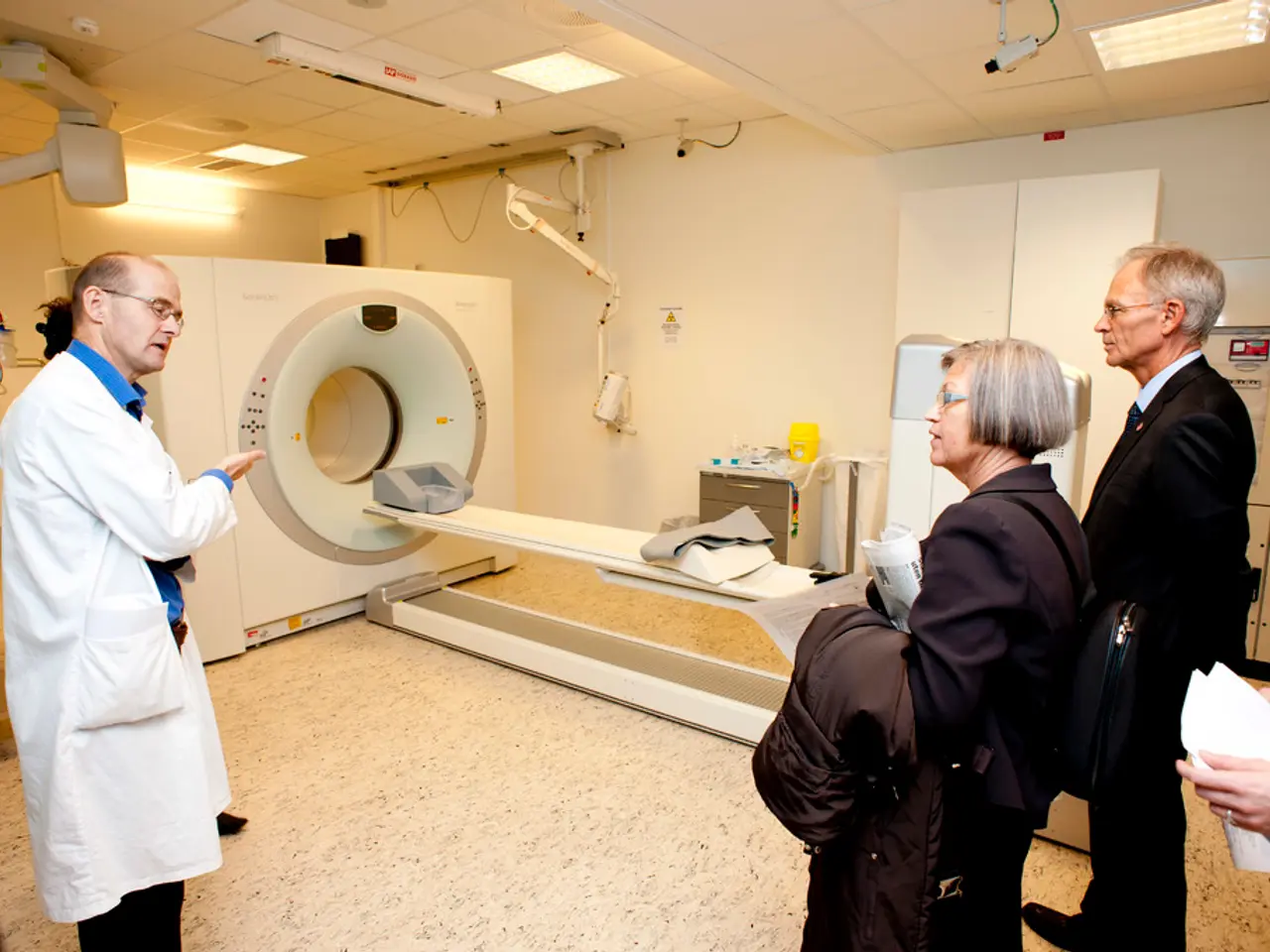Emotions of Others Can Be Identified by Your Brain, Regardless of Your Recognition
In a groundbreaking neuroscience study, researchers have discovered that the brain simultaneously encodes two distinct types of information during social-emotional encounters: the target's self-reported emotional intent and the observer's own inference about the target's feelings [1][3]. This research, published in the journal Nature Communications, offers valuable insights into the workings of empathy.
The study employed dynamic, authentic stories to capture the complexity of human communication more realistically [3]. When observers watched others describe emotional experiences, their brains automatically registered the emotional intensity that the target actually felt, even before the observer consciously infers those feelings [1][3]. This neural signature, known as the intent network, draws on brain regions like the precuneus, angular gyrus, and anterior insula—areas associated with self-referential processing and social cognition [3].
In parallel, the brain generates a second neural pattern corresponding to the observer's subjective interpretation (inference) of the target's emotions [1][3]. This network relies more heavily on mentalizing (theory-of-mind) regions and somatosensory areas, suggesting that observers partly simulate the target's state by drawing on their own emotional and bodily experiences [3].
Empathic accuracy improves when the neural patterns for intent and inference closely align within the observer’s brain [1][3]. When intent and inference patterns are strongly correlated, observers are more likely to accurately perceive the target’s emotional intensity, suggesting they are successfully “tuning in” to the target's internal state [3].
This dual-process model suggests empathy involves both an automatic component (unconscious registration of the target's emotional intent) and a deliberate component (conscious, inferential processes shaped by personal experience and context). The relative contribution of each component, and their alignment, determines how accurately an observer can understand another’s emotions [3].
The study found that fMRI models of intent and inference can be combined to predict empathic accuracy [3]. Furthermore, the deliberate inference incorporates autobiographical memories, biases, and expectations. The research could help explain why some people struggle to connect and how to improve interventions for social disorders.
In conclusion, the observer's brain creates separate but interacting neural representations for what the target truly feels and what the observer believes the target feels. Empathic accuracy increases when these neural signatures align, allowing the observer to draw on the brain’s latent, automatic detection of the target's intent while also harnessing inferential processes. Misalignments, however, lead to perceptual errors, even when the brain still “knows” the truth at some level [1][3]. This dual-pathway model highlights that empathy is not just about mirroring or mentalizing, but rather a dynamic interplay between unconsciously registered emotional signals and consciously constructed interpretations.
- This groundbreaking neuroscience study has identified that the brain actively engages in two simultaneous processes during social-emotional encounters, encoding both the target's self-reported emotional intent and the observer's own inference about those feelings.
- The researchers discovered that the brain regions involved in this process include the precuneus, angular gyrus, and anterior insula, which are associated with self-referential processing and social cognition.
- Parallel to this, the brain generates a second neural pattern corresponding to the observer's subjective interpretation (inference) of the target's emotions, relying more on mentalizing (theory-of-mind) regions and somatosensory areas.
- Empathic accuracy improves when these two neural patterns, intent and inference, align closely within the observer’s brain, suggesting successful "tuning in" to the target's internal state.
- The dual-process model presented in the study indicates that empathy involves both an automatic component (unconscious registration of the target's emotional intent) and a deliberate component (conscious, inferential processes shaped by personal experience and context).
- The findings of this study suggest that machine learning models of intent and inference could help explain why some people struggle with social interactions and may aid in developing more effective interventions for disorders related to mental-health, health-and-wellness, and autism, such as schizophrenia and anxiety.




